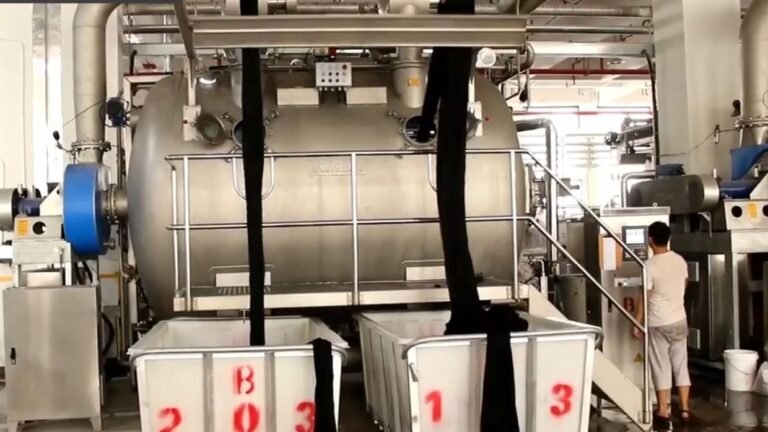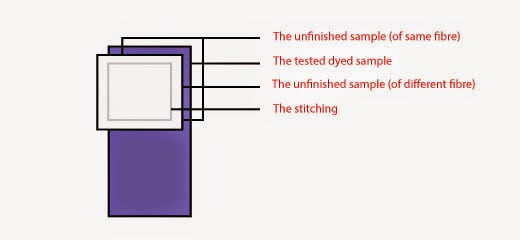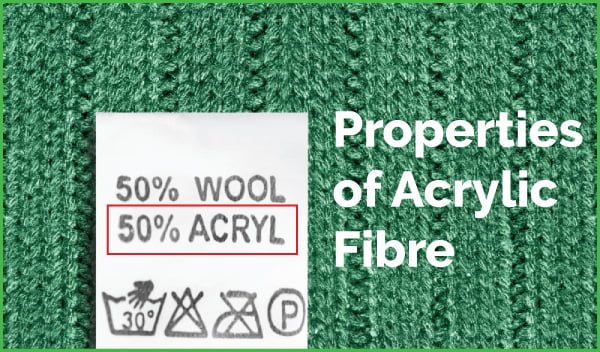Determination of Colorfastness to Perspiration in ISO Method
Colorfastness to Perspiration The garments which come into contact with the body reference where perspiration is heavy (like neck, underarm, etc.) may suffer from local severe discoloration. The resistance to color of textile against the ….. Read More






